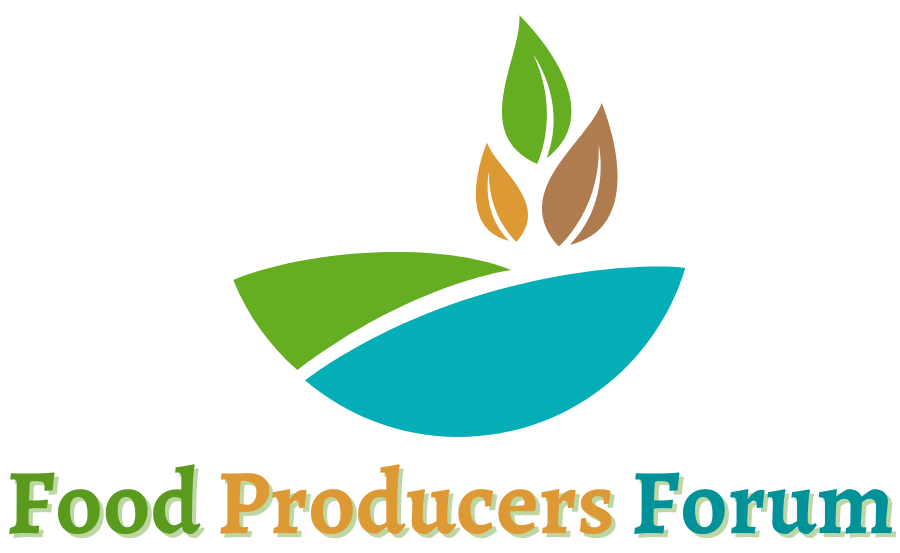You’ve heard the word before, so what is hydroponics and how does it work?
In this blog, we’ll discuss all things hydroponic, from its origins to its potential to feed a future spaceward-bearing civilization! We’ll dive into everything from environmental conditioning to water reduction, environmental impacts and nutrient sourcing.
Let’s start by painting a general picture of hydroponics. Hydroponics is most simply defined as the practice of growing both edible and non-edible plants without the use of soil as a growing medium. Traditionally, hydroponics utilizes a recirculating system, in which nutrient-laden water is stored in a ‘source tank’ that is hand mixed or mixed by automated computerized systems that also keep pH at a defined, ideal level.
The ‘source’ water is pumped into hydroponic structures where plants are held, then it drains and returns to the source water tank to complete the loop. Most hydroponic systems automatically control this process without human intervention. Capturing and recirculating effluent can generate up to a 95% reduction in water consumption for plant cultivation. In an era when fresh water sources are rapidly being depleted, this is an important reduction.
The structures that hold the plants can vary greatly, separating hydroponics into many variations. The most common variations are Deep Water Culture (DWC), Nutrient Film Technique (NFT), Aeroponics, and Dutch Buckets (or “Bato Buckets”). We’ll explore those in more detail in later blog posts!
Why go soil-less? Soil offers a whole list of benefits to growing plants, from microorganisms that aid in nutrient uptake, to inherent nutrient content, beneficial bacteria and more! However soil- based growing does have drawbacks as well, notably the fact that disruptive pests, bacteria and pathogens can lurk in soil. Also, irrigation in soil based agriculture can be extremely water intensive, while runoff from agriculture can carry toxic levels of chemicals, minerals and salts with it, potentially damaging water sources, rivers and estuaries.
In many places in the world, it can be challenging to find high quality soil in large quantities, and so people there may have to supplement the soil with artificial nutrients that, in turn, can end up in the toxic runoff mentioned above. In some places, the topsoil is too thin, or too rocky to serve as a useful growing medium, something many local gardeners here will be quite familiar with (as anyone who’s tried to dig a fencepost hole in Newfoundland can tell you.)
These issues are dealt with and controlled by experienced soil based growers, but it can become an expensive and difficult process to effectively and continuously deal with these issues.
The final reason that growers choose to go hydroponic is because of its suitability for moving the grow operation indoors. We’re not just talking about greenhouses; modern hydroponics can take place in warehouses, office buildings, basements, or even in abandoned manufacturing facilities.
There are huge benefits to moving food production indoors, particularly in areas where you have a short growing season, extreme weather or a hungry moose who may want a taste of your lettuce plants. Indoors you can grow all year long, in a stable climate, and you can grow plants that normally wouldn’t grow well (or at all) in your geographic location.
My farm, Green Farm NL, for example, operates a year-round production facility in a warehouse in Donovan’s Industrial Park, right here in Mt. Pearl. At Green Farm we produce leafy greens, herbs, microgreens and fruiting plants like peppers and tomatoes all year round, and we hope to be growing berries like strawberries by next winter!
There’s also a huge carbon footprint reduction when comparing conventional outdoor cultivation to indoor hydroponics, but that’s a dense subject that we’ll have to save for a future blog post.
An indoor farm can fine tune environmental conditions, and provide growing conditions that wouldn’t be possible to control outdoors, or difficult to provide in a greenhouse. We already mentioned that indoor farmers can grow year round: this is because we can use artificial lighting with precisely timed intervals to optimize photosynthesis.
But we can also control other factors as well: carbon dioxide concentration, temperature, airflow, and water chemistry. Opportunities for integrated pest management are another advantage. By integrating these factors, we can not only optimize yields, we can simulate climates from any geographic location, anywhere in the world (or beyond)!
Hydroponics is a diverse, technically complex and constantly evolving process. It has the potential to be a key player in creating a food secure world, decreasing environmental impacts, increasing nutrient content and freshness of products and it could facilitate our excursions to new worlds beyond our own.
I’d like to leave you with a quote from Columbia University’s Dr. Dickson Despommier shared in his book The Vertical Farm – Feeding the world in the 21st Century: “Growing food and raising livestock for 6.8 billion people requires land equal in size to South America. By 2050 another Brazil’s worth of area would be needed, using traditional farming. That much arable land does not exist.”
Follow this blog as we continue the journey and dive deeper into hydroponics and indoor farming.

Wonderful article very informative
Our very FIRST comment! thanks, Maureen.